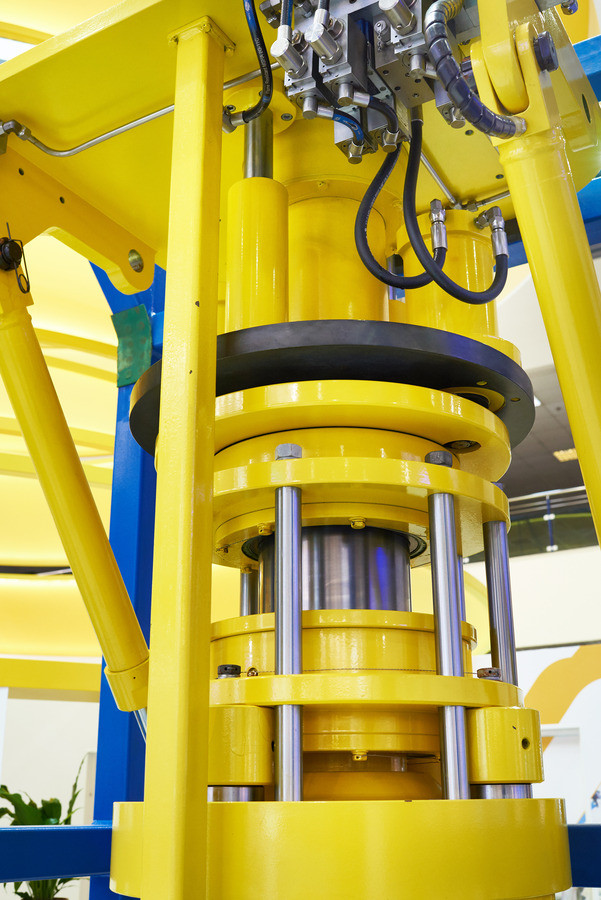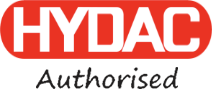Why Is My Machine Getting Slower? Flow vs Pressure

In the world of hydraulics, the interplay between FLOW and PRESSURE is crucial for optimal performance. One common misconception is that the speed of a hydraulic machine is primarily determined by pressure. However, in reality, the speed at which a hydraulic machine operates is more about the flow rate of the hydraulic fluid than the pressure. Let’s look at why.
The Basics of a Hydraulic System
Hydraulic systems rely on fluid to transmit power and perform work. The core components of these systems include a hydraulic pump, cylinders or motors, valves, and hydraulic fluid. The pump moves the fluid through the system, generating the necessary force to drive hydraulic actuators, such as cylinders and motors.
Flow Rate and Machine Speed
The flow rate of hydraulic fluid, measured in litres per minute (LPM), is a critical factor in determining the speed of your machines. In hydraulic cylinders, the speed of extension or retraction is directly proportional to the flow rate of the fluid.
Here’s why:
Cylinders: For hydraulic cylinders, speed is determined by the volume of fluid entering or leaving the cylinder.
The flow rate is the amount of fluid pumped into the cylinder per unit of time, and the area of the cylinder bore is a fixed physical characteristic. Hence, a higher flow rate results in a faster movement of the cylinder.
Hydraulic Motors: Similarly, in hydraulic motors, speed is determined by the flow rate of the fluid entering the motor. The motor’s speed is RPM, and displacement is the volume of fluid displaced per revolution of the motor. Again, increasing the flow rate increases the motor’s speed.
The Role of Pressure
While flow rate dictates speed, pressure is essential for overcoming resistance and performing the hard work. In hydraulic systems, pressure represents the force exerted by the fluid. Higher pressure allows a hydraulic system to overcome heavy loads during lifting, pushing, or turning. However, once the load is overcome, the speed at which the hydraulic machine operates remains a function of flow rate.
Pressure and Load: Pressure increases to match the resistance encountered by the system. If the load is increased, the pressure required to move the load also increases. This means that while pressure affects the force output of the system, it doesn’t directly affect how quickly the system can move or perform a task.
Flow Rate Adjustment: To change the speed of a hydraulic actuator, you adjust the flow rate, not the pressure. For example, if you want a hydraulic cylinder to extend faster, you increase the flow rate from the pump. The pressure will adjust accordingly to maintain the desired speed and force balance.
What It Means for You
Understanding that flow rate controls speed and pressure manages force has practical implications in hydraulic system design and maintenance:
System Design: Engineers need to size pumps and cylinders according to the required flow rates to achieve desired speeds. The pressure ratings ensure that the system can handle the required forces.
Efficiency: Optimising flow rates and pressures can improve efficiency and performance. High flow rates with appropriate pressure ensure that machines operate smoothly and with the desired speed.
Maintenance: Regular maintenance checks on flow and pressure ensure that the hydraulic system operates efficiently. Decreasing performance in speed often signals issues with flow rate rather than pressure.
In Summary
While pressure and flow rate are interconnected in hydraulic systems, the speed of hydraulic machines is primarily based on the flow rate. Pressure is crucial for generating force but doesn’t affect how quickly hydraulic cylinders and motors can operate. If you need more speed, Go With The Flow….




